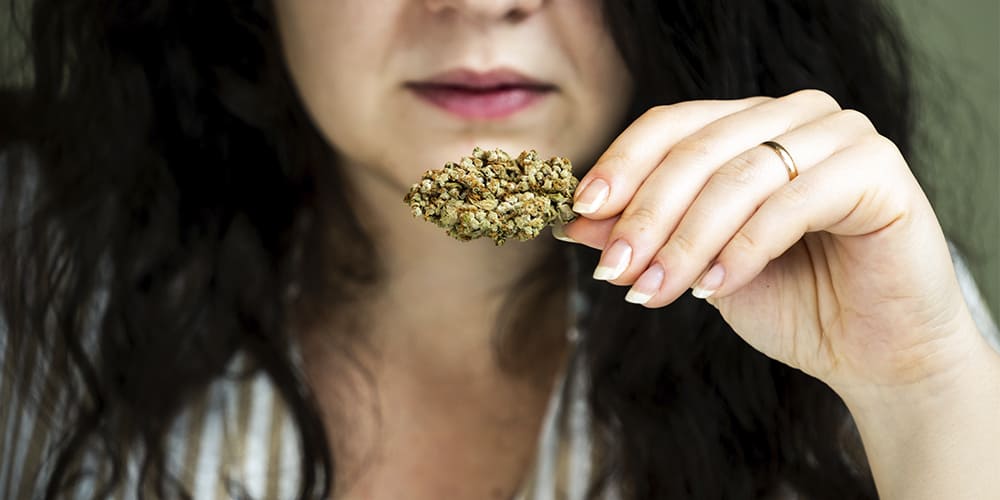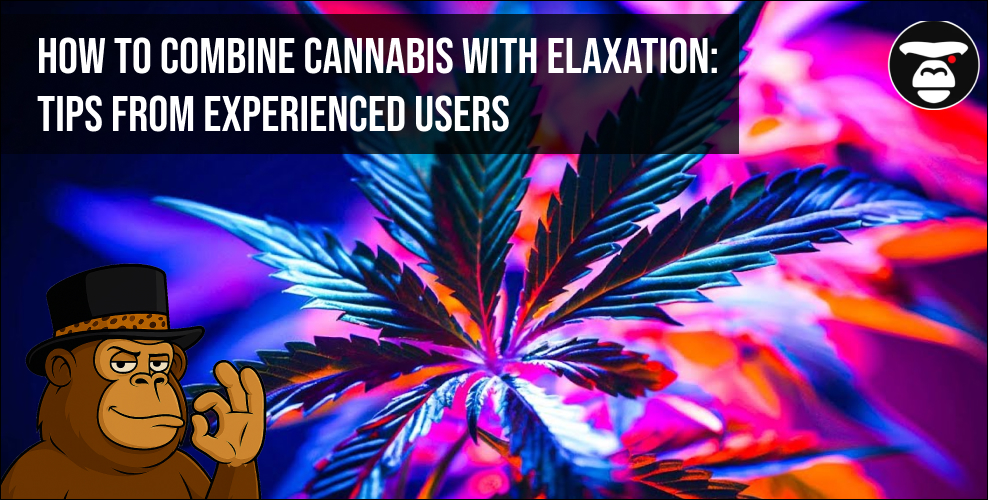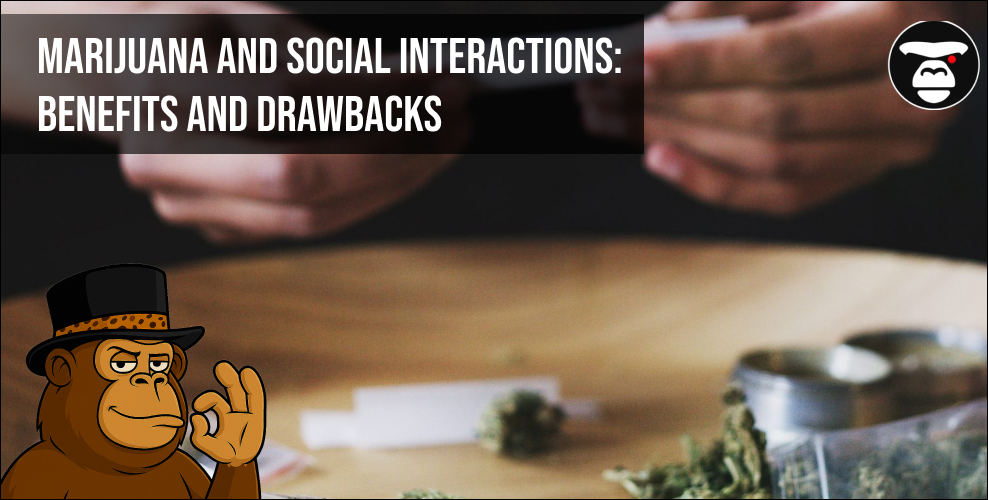When you stop smoking weed what happens?

The decision to stop smoking weed brings a tumultuous symphony of symptoms, with the severity varying based on factors like THC quantity and potency. The experience unfolds like a dance with time and individual differences, making predictions akin to reading stars in the sky.
As you navigate the withdrawal timeline, coping strategies become vivid stepping stones to traverse the challenging terrain. Embrace the journey with resilience, for it leads to a brighter horizon of self-discovery and transformation.
Studying the effects of cannabis on the human body is very exciting. If you like this topic, then pay attention to these articles:
What Weed Withdrawal Looks Like

Regularly smoking pot for months or years can lead to a dependency that entwines with your senses, like ivy climbing a wall. The decision to stop smoking weed brings forth a tumultuous symphony of withdrawal, its melody a mix of highs and lows.
Symptoms, like a tempestuous storm, vary wildly. Some endure a gentle drizzle of slight headaches and fleeting irritability, while others weather the torrential downpour of anxiety, anger, or prolonged bouts of stomach-churning turmoil.
The severity hinges on the dance between THC’s quantity, strutting its stuff like a flamenco dancer, and the potency of cannabis products, flaunting their power like a magician with a deck of cards. Time, like an intricate clock, adds its ticking beat to this complex waltz.
Yet, predicting withdrawal effects is akin to reading the future in a sky full of stars. Many other variables, like constellations yet to be discovered, play a role in shaping the unique experience of each individual.
To begin with, you can try simply reducing the dose of THC. Low potency strains are perfect for this. For example, Lemon Tree strain in Sauce Cartridge. This hybrid strain offers a unique combination of sweet and sour flavors, with a medium THC content that delivers a balanced high.
Or what about Acai Berry Gelato strain? It offers a unique combination of fruity and sweet flavors and delivers a balanced and uplifting high. The APE Cartridges are perfect for those who want a flavorful and unforgettable smoking experience on the go.
Weed Withdrawal Timeline

Day 1: Little Happens, THC in Brain
As you step into day one of withdrawal, a sense of anticipation fills the air. Although symptoms are scarce, a faint echo of THC’s presence lingers in the corners of your mind, like a fading dream unwilling to release its grip. The brain’s chemistry begins its delicate recalibration, preparing you for what lies ahead.
Days 2-3: Sleep Issues, Vivid Dreams, Irritability
On the second and third days, a subtle shift in your sleep patterns emerges, like a gentle breeze rustling through the leaves of your subconscious. Vivid dreams paint intricate landscapes of the mind, each detail etched with clarity as if pulled from the realms of fantasy.
But within this surreal tapestry, a sense of restlessness takes hold, and irritability hovers like a storm on the horizon, waiting to unleash its emotional downpour.
Days 4-6: Insomnia, Mood Changes
As the curtain falls on day four or five, THC finally bids farewell from your brain’s chambers, like a departing traveler leaving a void in its wake. However, insomnia looms large, like a persistent specter haunting the nights.
Sleep’s elusiveness fuels the cravings, whispering temptations to return to the comfort of old habits. Meanwhile, emotions sway like a pendulum, swinging between highs and lows, as your mind navigates uncharted emotional landscapes.
7 Days: Path Back to Normalcy
At the one-week mark, a glimmer of hope emerges amidst the tumultuous journey. Some find relief as symptoms begin to ease, like rays of sunlight piercing through the clouds after a storm.
Yet, in the shadows, dysphoria sets in, shrouding your heart in a vague sense of unhappiness and mental haze. It’s like wandering through a foggy forest, seeking clarity amidst the mist.
Coping With Cannabis Withdrawal

Use these vivid stepping stones to navigate marijuana withdrawal:
- Stay active, like a graceful dancer, to release tension and energize your spirit. Engage in activities that ignite your passion, like a morning jog, yoga, or dance. Feel the rhythmic movements breathe life into your body, like a gentle breeze.
- Open your heart to loved ones, like a blooming flower, and seek support or solitude. Communicate honestly, like heartfelt conversations, to nurture understanding.
- Steer clear of anxiety’s storm, like a skilled captain, by avoiding overwhelming situations. Find serenity in tranquil environments, retreating to a quiet corner.
- Embrace meditation, like a serene lake, to find inner peace. Create a sacred space, like a sanctuary, to still your mind and gain clarity.
- Craft sleep rituals, like an artist, for restful slumber. Create a cozy cocoon with soft pillows and fresh sheets. Indulge in calming bedtime routines.
- Be mindful of caffeine’s allure, like a seductive temptress. Opt for calming elixirs, like herbal teas, guiding you to peaceful slumber.
- Traverse marijuana withdrawal, like an intrepid explorer, and emerge stronger. Embrace transformation, for within lies a brighter, healthier horizon. Resilience shines like stars in the night sky.
The decision to stop smoking weed leads to tumultuous withdrawal, varying by THC quantity and potency. Symptoms include sleep issues, vivid dreams, irritability, and insomnia. Coping strategies, like stepping stones, aid the journey towards a brighter horizon of self-discovery and transformation, requiring resilience.




























